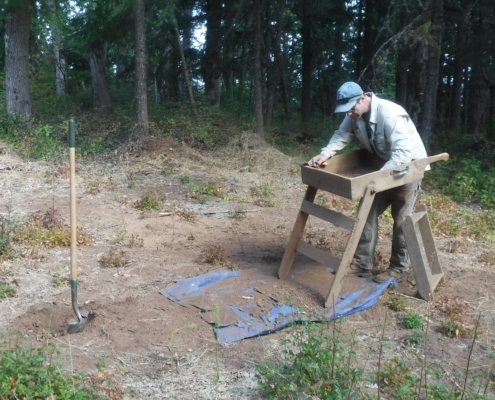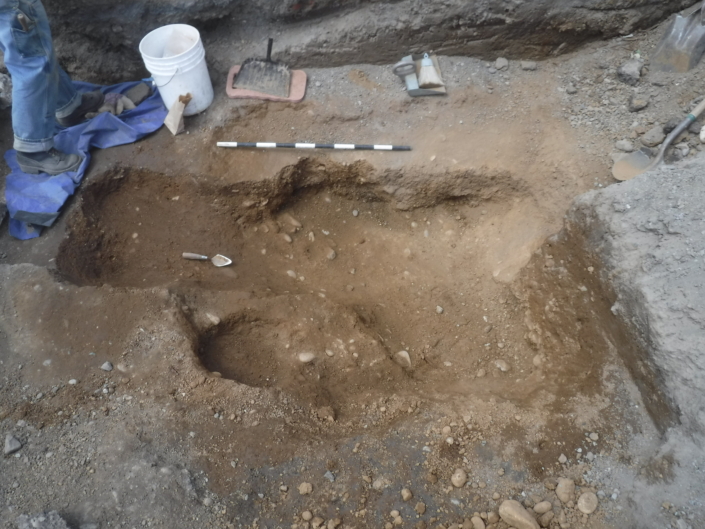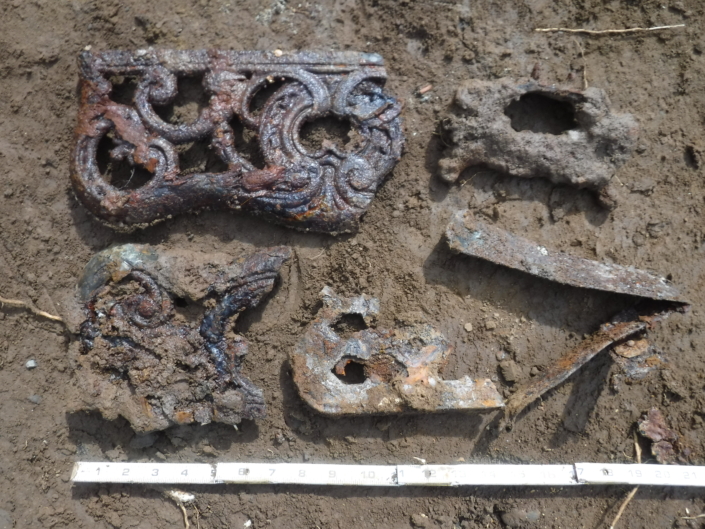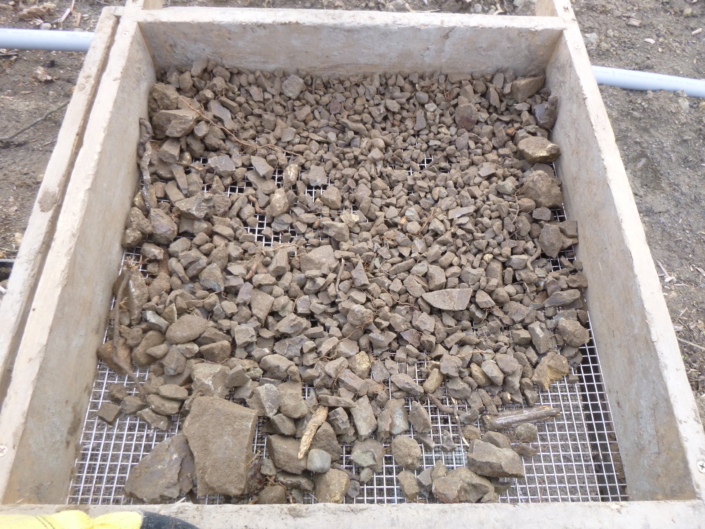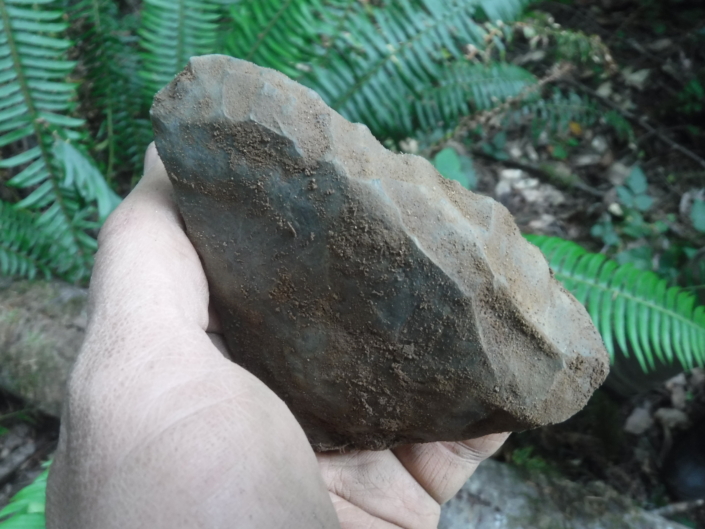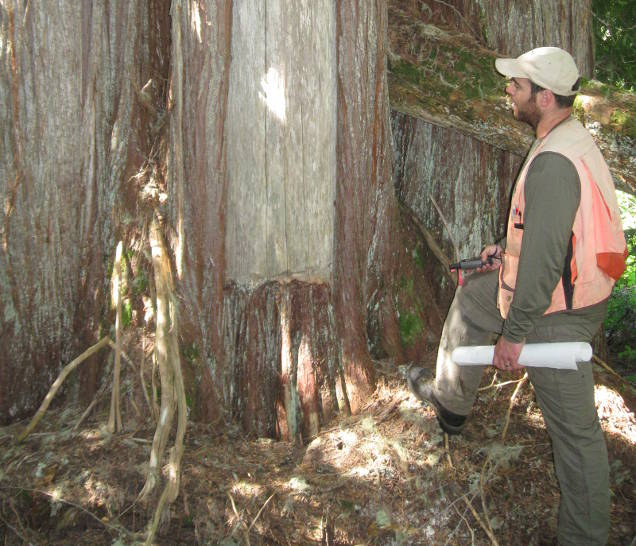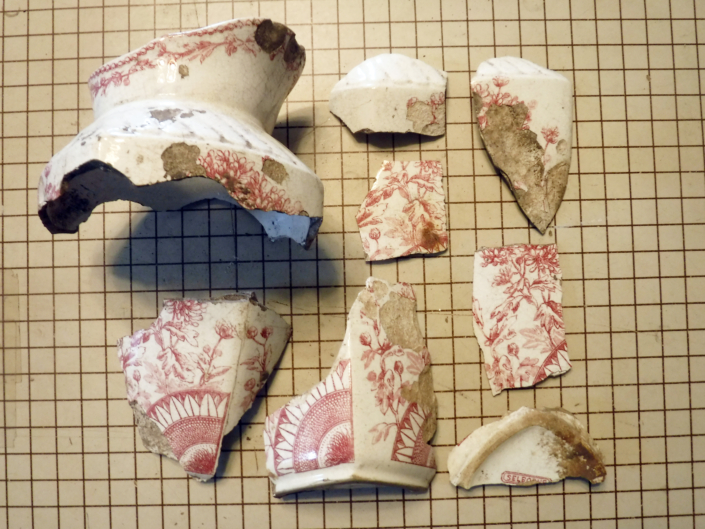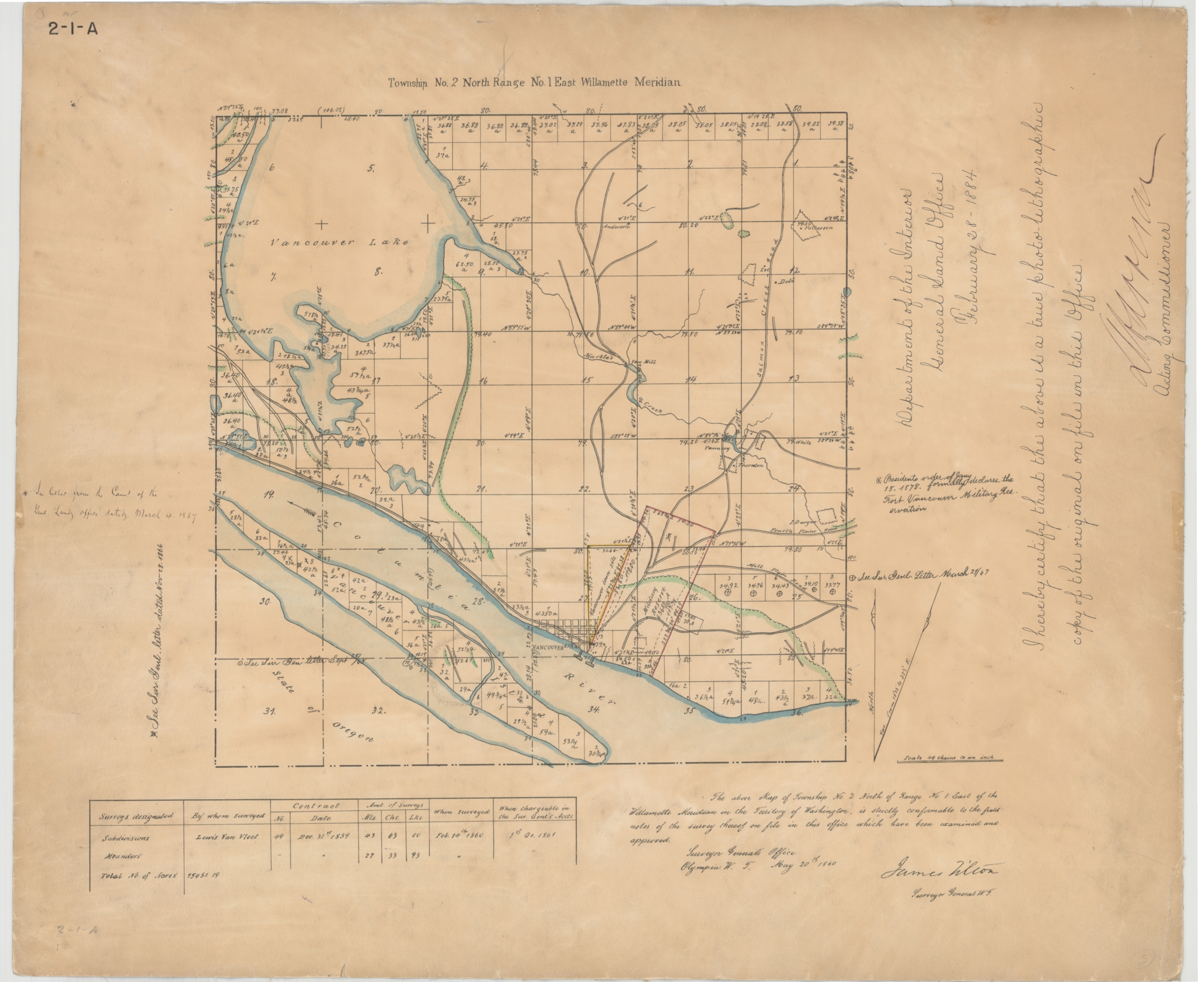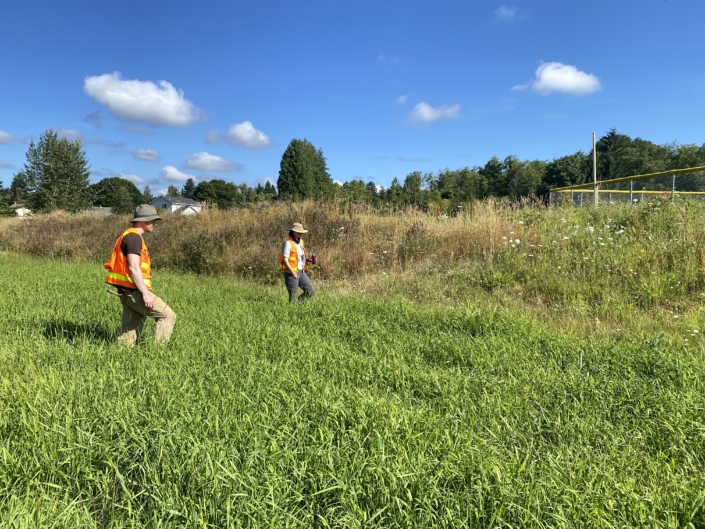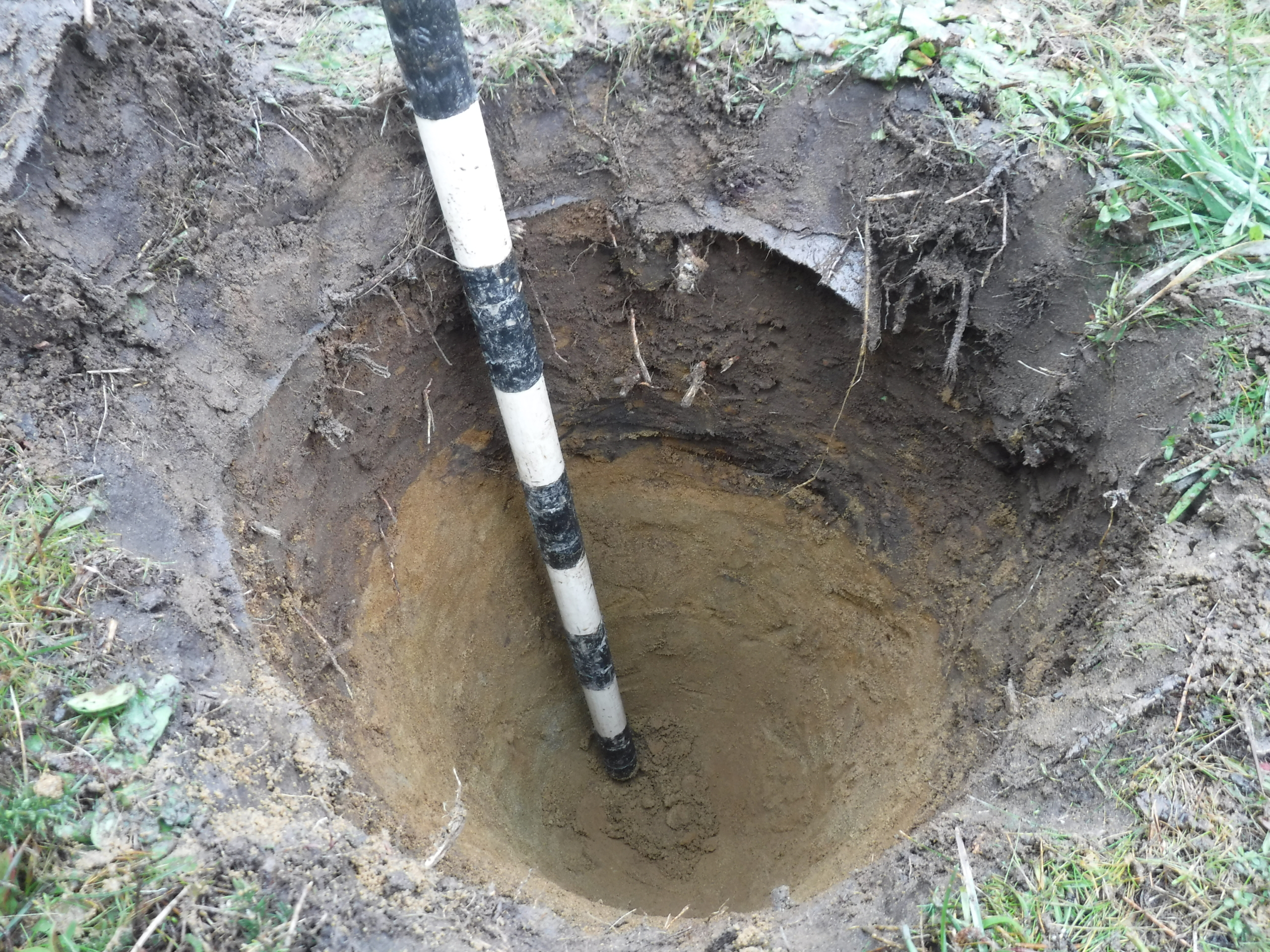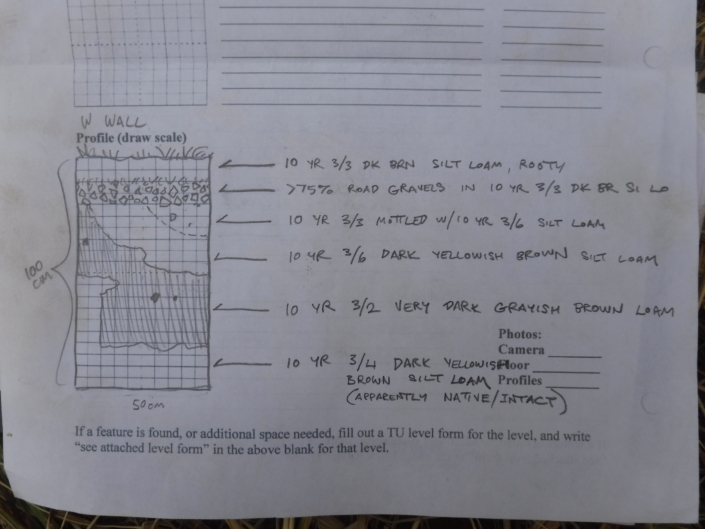Archaeology
Anthropology is the scientific study of what makes us human and is typically categorized by four fields: 1) Cultural Anthropology studies the operative dynamics of culture, 2) Linguistic Anthropology studies the many dimensions of communication, 3) Biological Anthropology studies our evolutionary lineage, and 4) Archaeology studies the behaviors of past peoples through the careful excavation and analysis of land usage and tangible cultural resources.
Cultural resources are aspects of the environment (natural or built, tangible and intangible) that are valuable and meaningful to any culture or group of people. A cultural resource may be the stone weight used on a fishing net that represents a group’s core gathering strategies; a hunting trail used by one family over 8 generations – or a scenic overlook installed by the Civilian Conservation Corps during the Great Depression. Cultural resources are charged with emotion, carry deep personal connections, and are integral to peoples’ identities.
Archaeological deposits happen where people interacted with their environment and left behind evidence of their activities. Sometimes that may be as sizable as a habitation or ritual site, or it may be as innocuous as the stripping of cedar bark – but most frequently it is peoples’ “trash” that offer the most useful clues to how people interacted with, and managed, their environments. When items are discarded they typically get covered (and protected) by new sediments and over time join the archaeological record.
Because archaeological deposits contain the most valuable information when they are in situ, and because excavation is by its nature a destructive process, it is very important that archaeology is conducted by a Professional Archaeologist so that all of the important data that the deposit offers can be properly recorded. Professional Archaeologists are trained anthropologists who have developed the skills to meticulously record all pertinent data and interpret it for it’s stakeholders. If a site gets destroyed before it can be recorded then anything it might tell us will be lost forever. Archaeologists excavate as little of a site as is necessary so that it may be preserved for future generations.
Cultural Resource Management (CRM) has alternately been known as “conservation,” “salvage,” or “rescue archaeology” because it is often the last chance to learn what we can from archaeological sites before they are lost for good. Cultural Resource Management firms know the law and how to comply with them in responsible and cost-effective ways that produce win-win solutions for all parties involved.
Cultural Resource Management surveys are performed prior to project development – and further excavation may be carried out in the event that archaeological deposits are encountered during development. Surveys include background research prior to field inspection, surface walkovers to identify any visible features, subsurface testing through shovel test probes, excavation when necessary, laboratory analysis, report writing and recommendations to mitigate any potential impacts.
Because taxpayers benefit from projects partially funded or permitted by the federal government, laws impacting cultural resources (such as the National Historic Preservation Act Section 106, or Washington State Executive Order 21-02) were designed minimize their impacts on the sociocultural environment. When properly done, CRM results in responsible management of cultural resources and the impacts on them.
Archaeology and CRM are important because preserving our collective history contributes toward building healthier and more resilient communities as well as teaching us how to better manage our environments in the present and future. Our clients help preserve and minimize the impacts on cultural heritage by coordinating with Archaeological Services LLC to comply with cultural resource laws.

